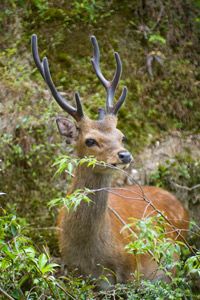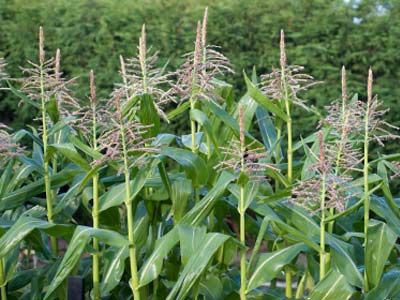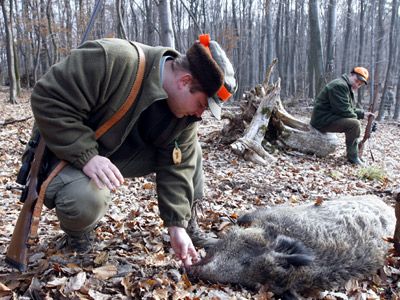When deer season rolls around, hunters flock to the forests where these animals congregate, many of them looking for a six-point trophy to hang above the fireplace. Others have visions of just an invigorating outing and some deer burgers in the freezer for the rest of the year. It's a big deal for sport hunters -- they don't get to hunt deer whenever they want to, after all. They have to wait for opening day.
"Hunting season" is an artificial construct. It's not just the day when deer, or turkey or quail or any other type of game, are expected to be out in the open for hunters to kill (also known as "harvesting"). Opening and closing days for all types of game are determined by departments of natural resources, or variations thereof, for each different state in the country. Hunting seasons for all types of game vary from state to state, although typically by no more than a month. In South Carolina, for example, wild turkey spring season runs from April 1 to May 1 [source: SCDNR]. In New York State, it's May 1 through May 31. Why the variation? It would probably be easier to set a nationwide season for wild turkey. Then hunters and hunting authorities could plan for each hunt well in advance.
Advertisement
Ease isn't the primary factor in setting hunting dates, though. It's actually kind of low down on the list of criteria considered by government natural-resources agencies. The primary goal is simple: conserve game populations at their ideal numbers. Not only do animals need protection from overhunting, but hunters also need protection from a dwindling population that will interfere with their recreation.
The ideal population size for any animal is the number the habitat can support comfortably in terms of food sources and space. The goal is simple, but the implementation is complex. There are many factors that go into setting the dates for any given hunting season, not the least of which is getting a decent estimate of current population sizes (see How is the deer population counted? to learn about the process). And when regulators have a number to work with, that's just the beginning.
In this article, we'll check out how states determine the dates for hunting seasons. It's an interesting process that is built on a good understanding of the biology of various game animals. Let's begin with the core factor: the number of animals in a given area.
Advertisement




